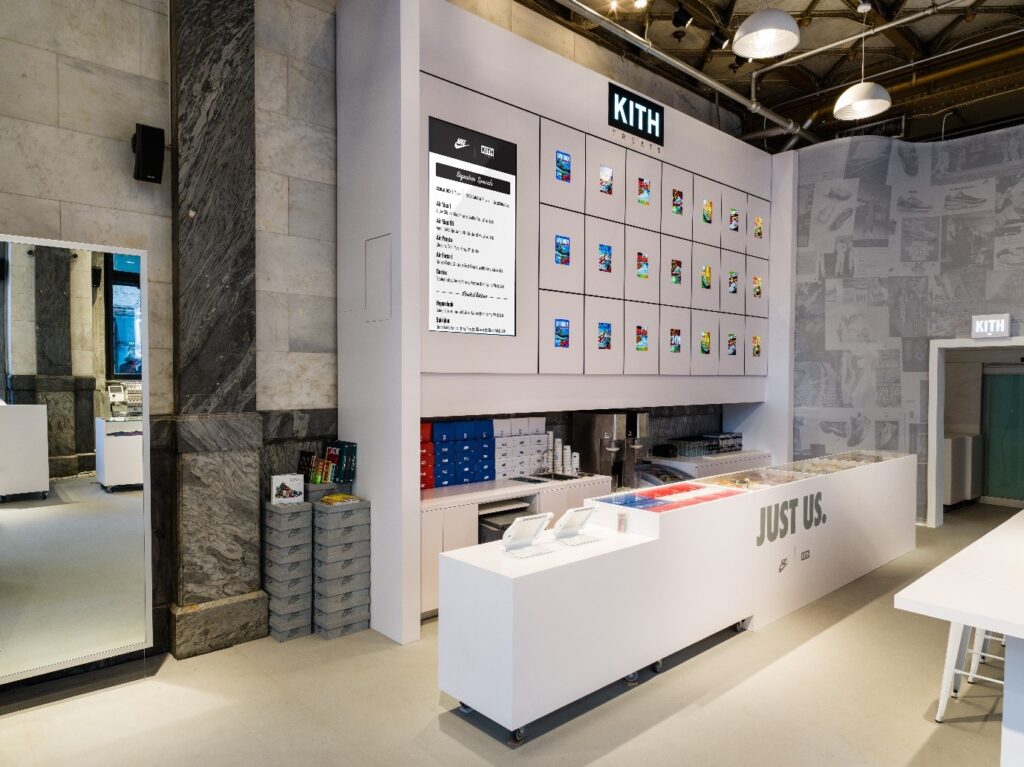RRRRetail Marketing (The 4 Rs)

Retail shopping is by far the most popular way for consumers to purchase goods and services, whether it’s by going to the store or shopping online. While there are many popular ways to market to consumers that have stood the test of time, Errol Andam formerly of Nike says that many businesses have updated their retail marketing strategies using the “4 Rs.”
Retail Shopping
Shopify defines this as “the sale of goods or services from a business directly to a consumer for their own use.” This includes physical stores as well as online stores and websites accessed through a mobile device.
No matter if the store is a shop at the mall or a website on a laptop, the 4 Rs of retail marketing will apply all the same.
The 4 Rs
Every business needs to have a firm grasp of the 4 Rs because they maximize profits. Marketing campaigns first came about as a way to promote a business’s products or services, and they have changed as a whole throughout the years as the ways we consume media have shifted. From radio to television, driving to flying, businesses have had to keep their marketing strategies up to date.
Despite the change in media landscape, the 4 Rs speak to the basic relationship between a business and a consumer.
Relationships (With the Customers)
This is one of the most important Rs, as businesses rely on customers to not only purchase their products, but to continuously do so. Establishing a relationship with a customer can be as simple as providing great customer service and asking for customer feedback.
The majority of people want to feel like they are being listened to and acknowledged, so businesses that meet this expectation across a variety of platforms are likely to succeed.
Relevance
Relevance refers to how important a product is to a customer, and it ties directly to emotions and desires. The business needs to tap into a person’s needs for basic necessities, safety, love, and self-esteem; otherwise, why bother to buy it?
Once a customer feels some kind of bond or connection with a product or business, they are likely to remain loyal because they remember that it made them feel a certain way. Most businesses nowadays use commercials or ads to achieve this goal.

RewardsTo strengthen retail marketing, simply offer rewards to customers. This third R is simple but highly effective, because the human brain is hardwired to want rewards. Sometimes offering a gift for purchasing a product or offering a steep discount is more than enough to keep customers happy. Other times, it takes more persistence, such as a rewards program where customers gain “points” or rewards and can eventually get something bigger. Rewards make customers feel special and should always be considered in a retail marketing strategy.Reducing CostsThe last R is reducing the cost of purchasing the process. This doesn’t mean making the product less expensive; instead, it means streamlining the process of buying the product while excluding extra costs, time, and energy. This could mean a point of sale system that can easily read a credit card or an online shop that can easily add products to a virtual shopping cart without having to click through a bunch of pages.